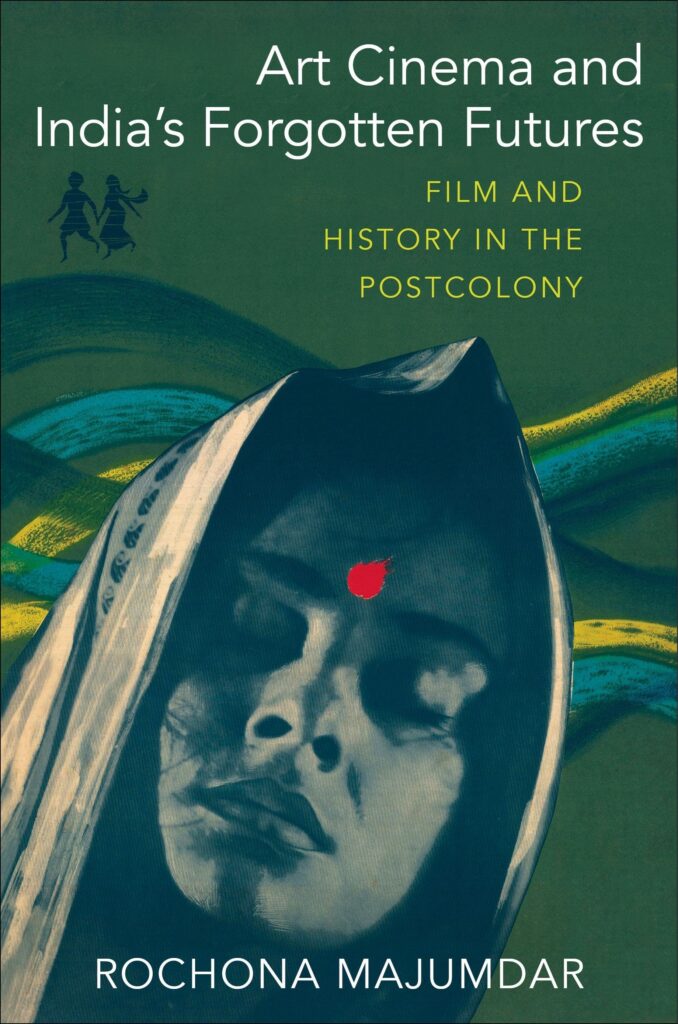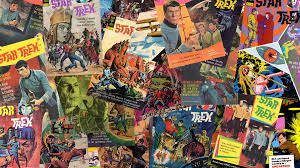How the history of India’s art cinema connects to the socio-political movements in the country.
Growing up, I had two misconceptions about ‘art’ cinema. That it was a purely Indian label, and it was a disparaging one. After all, no one said ‘art story’ or ‘art symphony’. I was wrong on both counts.
Art cinema is not aimed at everyone. The filmmaker wants to provoke thought, initiate dialogue and tread a different path. It is often said that art cinema is aimed purely at the critics. This is not completely wrong. It is aimed at those who have more than passing interest in cinema and the arts. The ideas and concepts introduced by the filmmaker might have multiple interpretations and sometimes may need more than one viewing.
Rochona Majumdar’s Art Cinema and India’s Forgotten Futures published by Columbia University Press is a massive undertaking. It attempts to trace the history of art cinema in India and connects it to the socio-political movements happening in the country at that period. It highlights the stalwarts of the medium and also indulges in iconoclasm.
Marie Seton, The ‘Film Missionary’
The book is split into two – History of Art Cinema and Art Films as History. Majumdar, an associate professor in the Departments of South Asian Languages and Civilizations and Cinema and Media Studies at the University of Chicago, takes us through the growth of art cinema in the post-Independence era. She tells us the fascinating story of Marie Seton, who is uncannily described as a Film Missionary. I had never heard the name before and was amazed. Seton was like the First Lady of the movement. Her name deserves to be heard more. Seton was an author, scholar and a tireless supporter of film societies. She made multiple trips to India and played a major role in ensuring there was a discussion about world art cinema among the film lovers in India
The most acclaimed Indian filmmaker, Satyajit Ray, covers a lot of pages. There is also in-depth information on other filmmakers in that era such as Ritwik Ghatak, Mrinal Sen, Shyam Benegal and Kumar Shahani among others. Years ago, I had heard stories about how Ray was sometimes at odds with the other filmmakers. This book offers details about how the rift happened and was sustained. Ray does not come across in a very positive light. Majumdar uses her own essays and statements to refute some of the arguments.

Author: Rochona Majumdar
Publisher: Columbia University Press
Pages: 320
Price: $35.00
Publication Date: October 2021
An entire chapter is dedicated to film societies and the unique role they played in fostering the art cinema scene. Majumdar explains how film societies primarily mushroomed in the metros and that it was in small towns the societies played a bigger role in expanding regional cinema and introducing the viewer to different kinds of cinema from around the world.
Scholarly Work
In the second part of the book, Majumdar takes the films of Ray, Ghatak and Sen as case studies to make her point. From the detailed history of the first part, she moves into analysis mode. There is still a lot of research done to aid her point.
Art Cinema and India’s Forgotten Futures is a scholarly book. Another reviewer says that on the jacket. Considering over a quarter of the book is notes and index, this is not surprising.
One of the issues I found with the book on a personal level is similar to what regional cinema levels against Bollywood. That it does not represent all of Indian cinema. The biggest contribution to Art cinema is from West Bengal, and no other State or industry had as many acclaimed directors working in the medium. But art cinema didn’t exist purely in Bengal. It was there in Kerala, in Karnataka. Well, there are mentions of Adoor Gopalakrishnan and Aravindan, among others. But it seems to be perfunctory.
Perhaps Majumdar is sticking to the milieu she knows best, but when you use the words India and History in your title, then more is expected.
Ultimately, Majumdar’s work is like the specific medium it calls out. For the scholars and historians, this is a book of rare depth. For an average person interested in learning of the history of art cinema, this will come across as preponderous and, in parts, dragging.
Write to us at e[email protected]




